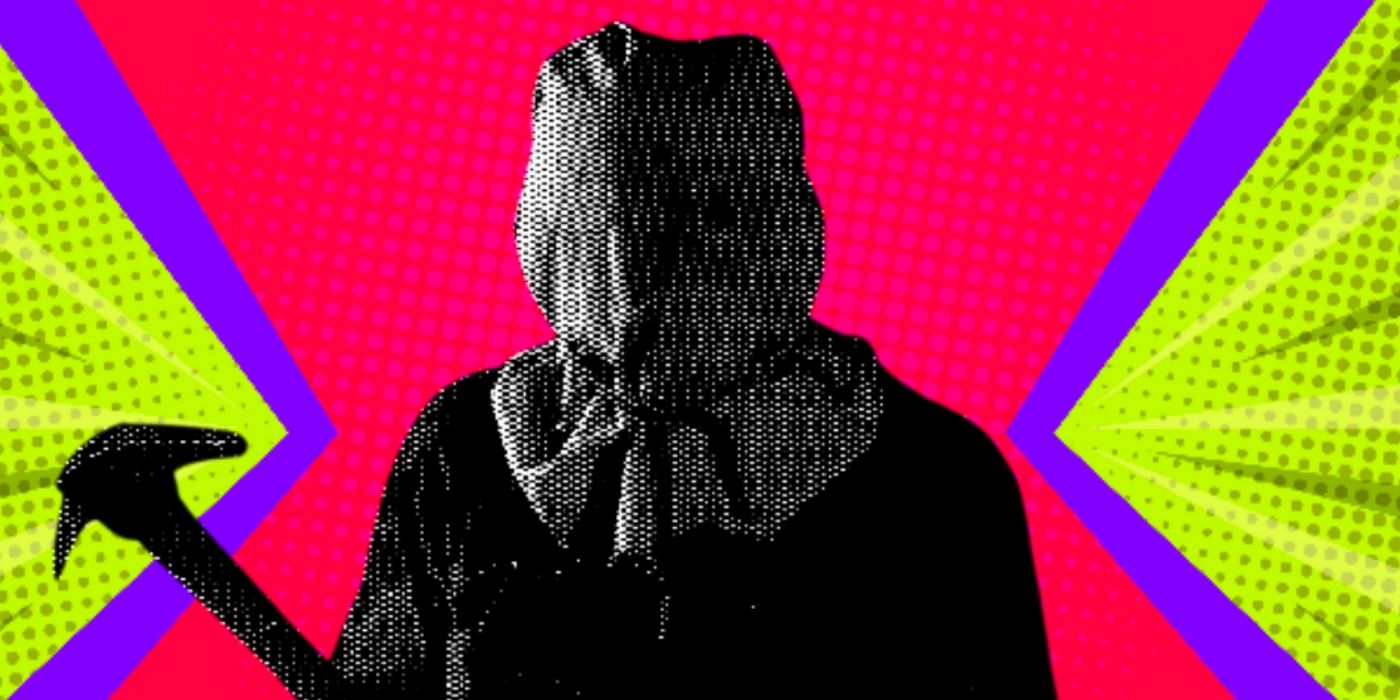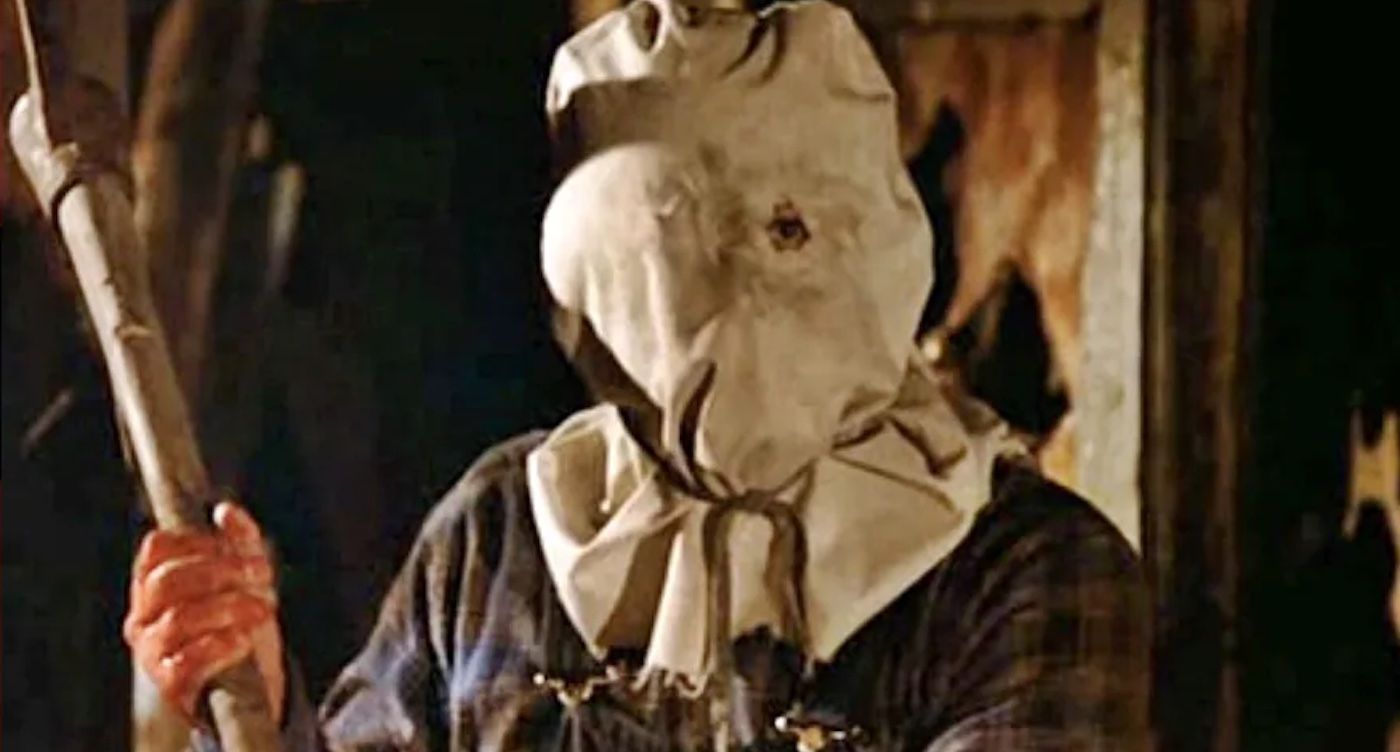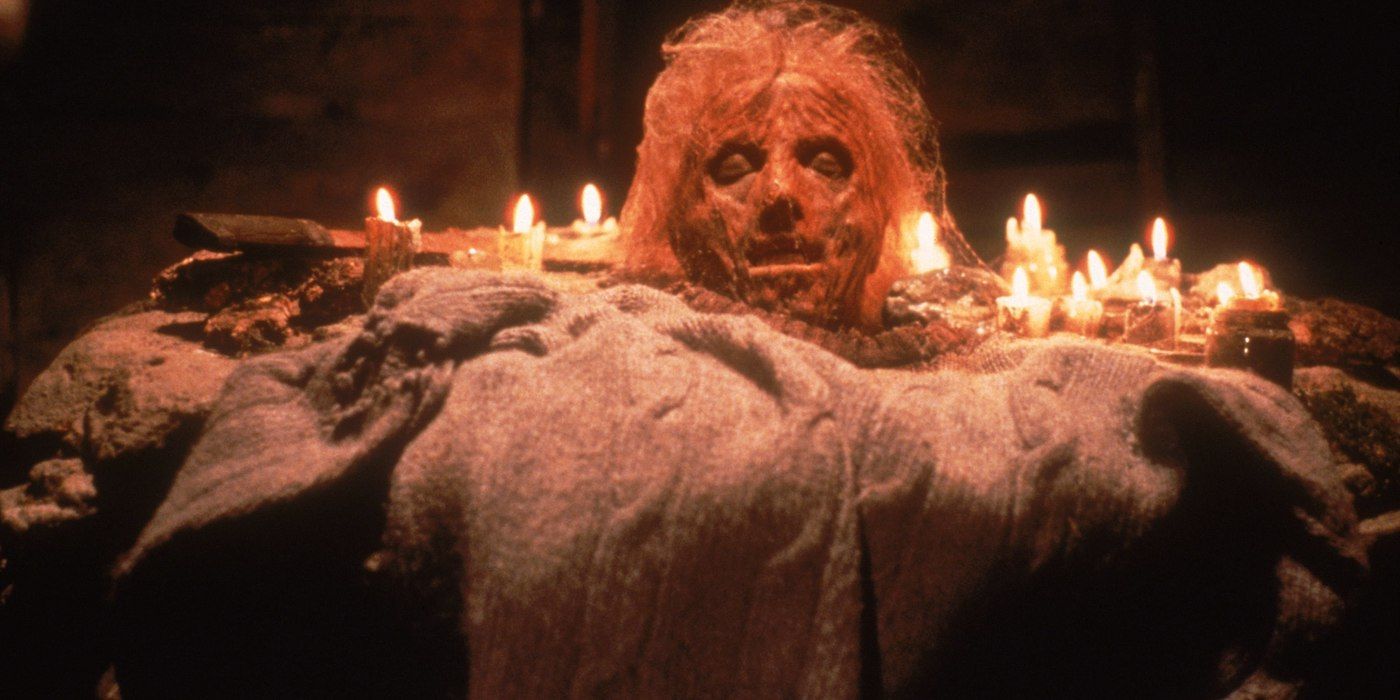Happy Friday the 13th! To celebrate one of the spookiest days on the calendar, let's take a look back at the first sequel of the famed Friday the 13th franchise. When audiences crowded into theaters in 1981 to catch the sequel of the box office hit Friday the 13th, they likely didn’t know what to expect. Pamela Voorhees (Betsy Palmer), the first film’s antagonist, was dead and gone. Her son Jason appeared as a severely decomposed creature in the film’s conclusion, but his state was hardly one that could allow him to carry on his mother’s vendetta against the counselors of Camp Crystal Lake. It was highly unusual when audiences learned that Jason (Warrington Gillette) had apparently survived his presumed drowning and was a full-grown man as opposed to a post-mortem young boy.
The Beginning of an Enduring Franchise
The move was made off-the-cuff, and Friday the 13th cast and crew members such as Tom Savini and Palmer herself decried it as making little sense. The filmmakers had originally envisioned the sequel as an anthology film analyzing the myth of Friday the 13th as a superstitious holiday, but the first film’s success encouraged director Steve Miner and writer Ron Kurz to change course and continue the story of the Voorhees family. This proved to be the right move commercially, as Jason Voorhees became an undisputed horror icon and the face of slasher cinema. Friday the 13th would evolve into a media franchise spanning twelve films, novels, comic books, video games, and a documentary centered on the series’ meteoric rise to fame.
What's Going on With Jason?
Friday the 13th Part 2 included its fair share of inconsistencies with the first film, including Jason’s survival and his apparently massive growth spurt between the first and second films. What may have been equally puzzling occurs during the film’s climax. Jason has already racked up a considerable body count and is pursuing the protagonist Ginny (Amy Steel) into his residence, a shack in the forest located near Crystal Lake. Ginny, who had inadvertently contemplated Jason’s motivations earlier in the film, noticed an opportunity in her attacker’s home: The sweater of Pamela Voorhees.
Presumably using her child psychology education as a justifiable plot device, Ginny dons Pamela’s sweater and attempts to trick Jason into believing that she is his mother. She attempts to tell Jason that she is pleased with his rampage and has a reward for him. Though he eventually snaps out of his confusion when he sees his mother’s severed head on the altar he had crafted for her, Jason showed a short moment of vulnerability. This singular moment would carry on throughout the Friday the 13th series, presenting Jason with a human side. Despite all of his violent behavior, Jason Voorhees was still, at his core, a little boy who loved his mother and wanted to abide by her wishes. He even develops a fear of water in later films, something that is exploited by the dream-walking villain Freddy Krueger (Robert Englund) in Freddy vs Jason (2003). But speaking strictly from the perspective of Friday the 13th Part 2, the character development doesn’t seem to make a ton of sense.
There's No Point in Psychoanalyzing Jason Vorhees
Aside from slowing him down very temporarily, Jason doesn’t seem to gain all that much from having a sympathetic angle to his character in Part 2. Viewers had spent the majority of the film with a very different picture of Jason, and this subversion of expectations doesn’t have any meaningful impact on Jason’s behavior or his “defeat,” as he quickly returns to his murderous revenge immediately after. Remove the context of him being bullied for his deformities, and his motivation to take revenge still stands due to him wanting to exact vengeance for the death of his mother. While Jason’s sympathetic side would go through revisions in future sequels, this somewhat arbitrary writing decision in Part 2 essentially amounts to a “gotcha” to its central antagonist.
Attempting to understand Jason’s motivation is keyed in on earlier in the film, with Ginny contemplating that if Jason had witnessed his mother’s death, he would have no real distinction between life and death or have any regard for morality. While some may argue the validity of that psychological assessment, wouldn’t it suffice just to say that Jason’s upset because his mother was killed? Ambiguities can work well in slasher movies when they’re planned, but if they aren’t then the most direct path is often the right one.
As the Friday the 13th series progresses, Jason converts from a man with maternal delusions to an undead force of nature capable of feats of incredible strength and endurance. While his mother still appears to speak to him and direct his machete-swinging hand, Pamela Voorhees’ influence largely becomes window-dressing by the end of Friday the 13th’s original run of films. This is especially prevalent in sequels such as Jason Goes to Hell - The Final Friday (1993), which places his soul into a supernatural worm called the Hellbaby and gives Jason the ability to steal others’ bodies, removing the character’s core identity and much of his physicality. In films such as these, Jason’s entire backstory is essentially dropped. If it is so easily discarded, did Jason’s appeal to human nature really matter that much, to begin with?
We Love Jason Because He's a Maniac Killer, Not a Complicated Soul
Ask any slasher fan if they prefer Jason’s bloody killing sprees or his softer moments, and the former is likely to come out on top. The hockey-masked slasher icon didn’t become a household name on the back of his parallels to human nature, he becomes one because of his overwhelming presence and ruthless effectiveness at taking out his victims. Jason may boil down to a scared young boy vying for his late mother’s approval, but he isn’t known for his personality in the ways that other slasher villains are. Friday the 13th Part 2 is at its best when Jason is executing bloody vengeance in various different ways, not when the film’s writing is taking a shot at hoping the audience will feel sorry for him.
Some antagonists certainly work in a sympathetic sense. Leatherface (Gunnar Hansen) fears his family in The Texas Chainsaw Massacre (1974), Carrie White (Sissy Spacek) was tormented by both her mother and her peers in Carrie (1976), the Jigsaw Killer (Tobin Bell) in Saw (2004) was merely a frail, brain cancer patient seeking to teach the value of life. These motivations all further a character, but Jason can still work as the most notable slasher of all time without any appeal to his humanity. Had Jason’s assumed fate never been divulged by Pamela Voorhees in the original film, his actions are still justified in Part 2 due to her death. Though Jason’s backstory is referenced more than enough in the sequels, it rarely serves a purpose past tricking Jason into a momentary pause. In this light, Jason’s sympathetic side doesn’t really advance his character, it really just ends up being used as a plot device to keep him at bay.
Pamela and Jason Voorhees are two of the most revered characters in all of horror cinema, and they would most certainly stay that way without viewers trying to relate to their plight in any significant way. Killing for mother does the job for Jason just fine without any strings attached.



